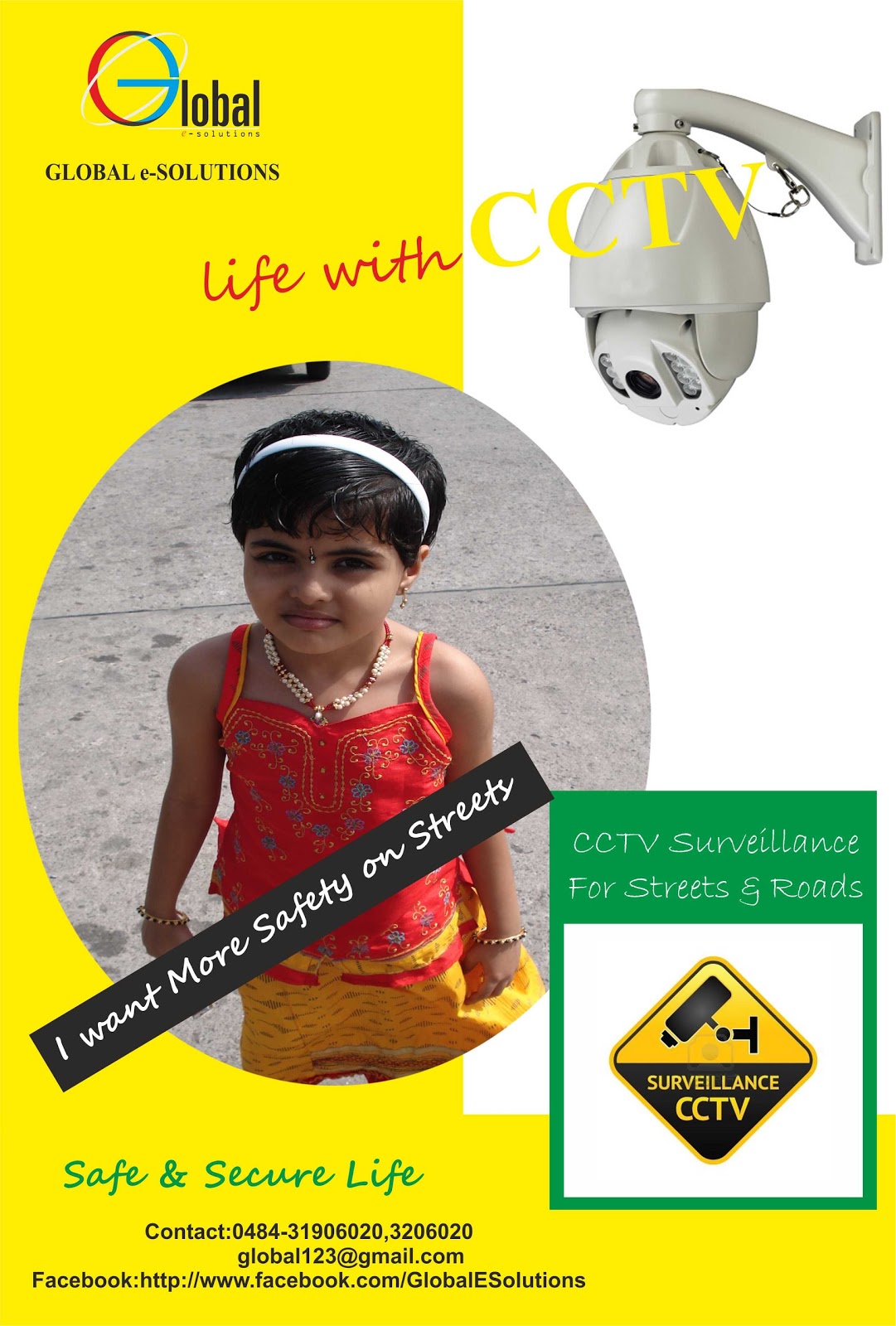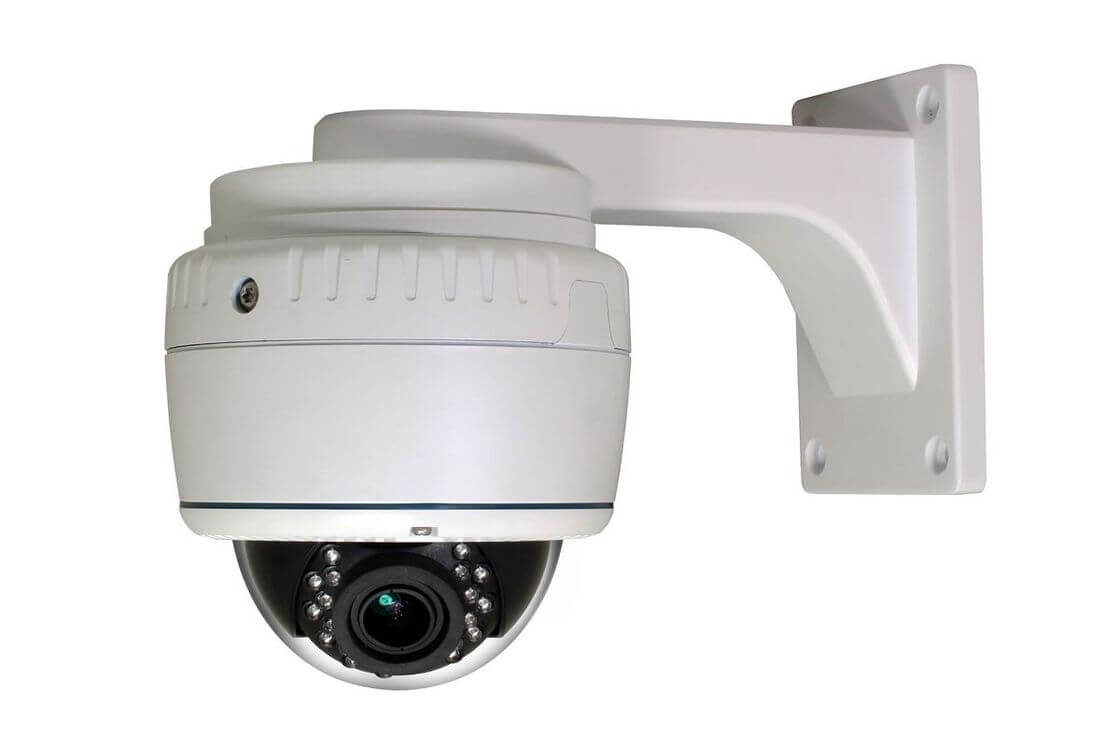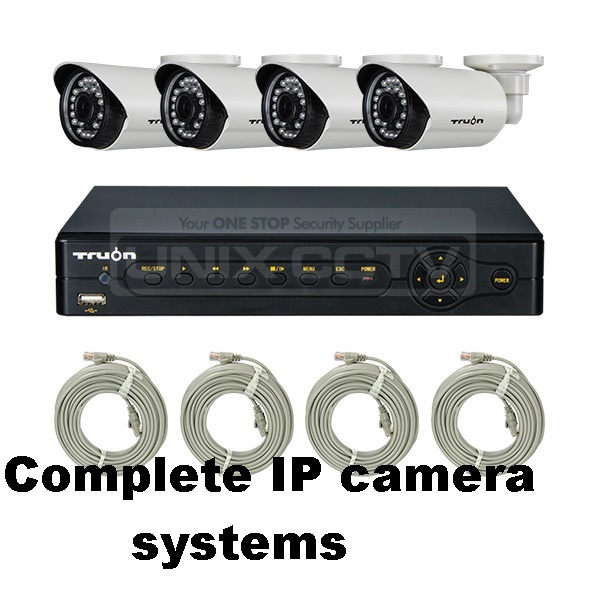
Length, complexity, and regular changes are critical to a password's strength. Strong passwords should be a critical element of the system's security framework. Implement Strong Passwords and Multi-Level Access

Another approach is to proactively detect and deter eavesdroppers' presence using a feature such as Active Fiber Monitoring from Allied Telesis. Proper encryption helps prevent eavesdropping and packet manipulation that can happen during a MitM attack.ĭata provenance (proving the source of the data) and using digital watermarks to ensure the video content's integrity can also mitigate data tampering. There are many encryption options available, but the most common are SSL/TLS for user information and IPsec or MACsec for data.
#Ip camera systems plus#
Encrypt Data for Secure TransmissionĪll video feeds, plus information like usernames and passwords should be encrypted to protect the data-in-transit, particularly if it traverses the Internet. VPN firewalls like the next-gen UTM firewall from Allied Telesis can be an easy way to implement a NIDS to blocks threats and encrypt critical network traffic. In non-distributed Physically Open Circuit (POC) topologies – where network hosts like cameras and DVRs have public IP addresses – a Network Intrusion Detection System (NIDS) can detect malicious or anomalous traffic patterns that may indicate the presence of a hacker.
#Ip camera systems software#
Leverage Intrusion Detection and Prevention SystemsĪs part of a robust cyber-defense strategy, antivirus software should be installed on user terminals and Digital Video Recorders (DVRs) to detect and prevent the spread of malware infections. Since IP video surveillance systems are not 100% secure, what can manufacturing facilities and government agencies do to minimize their risks and protect their premises, data, and users? There is no single ideal strategy, so a program to safeguard these systems should include multiple strategies, like the five discussed below. In 2019, 54% of manufacturing companies also experienced data breaches or cyber-attacks, indicating that they are also not safe from these risks*.

They also have diverse topologies and technologies that make them more complex and increase their "attack surface." Ultimately, they make users vulnerable to Distributed Denial of Service (DDoS) and Man in the Middle (MitM) attacks, privacy violations, malware installations, and data leaks.Ĭonsidering the amount and scale of information that government bodies collect on citizens, threat actors are always looking to steal or expose data-rich records – as six US government departments (including energy, commerce, treasury, and state), found to their shock in mid-December 2020. Sending and receiving data directly over the Internet and offering advanced features like motion sensors, cloud storage, video analytics, and automatic notifications, these systems provide reliable protection for industrial and manufacturing facilities, government offices, and more.īut despite their benefits, IP video systems also come with significant security risks if they use public infrastructure because they give cybercriminals easy attack pathways.

Over the past decade, video surveillance and security systems have come a long way, thanks to the increasing ubiquity of the Internet Protocol (IP) and the Internet of Things (IoT).


 0 kommentar(er)
0 kommentar(er)
